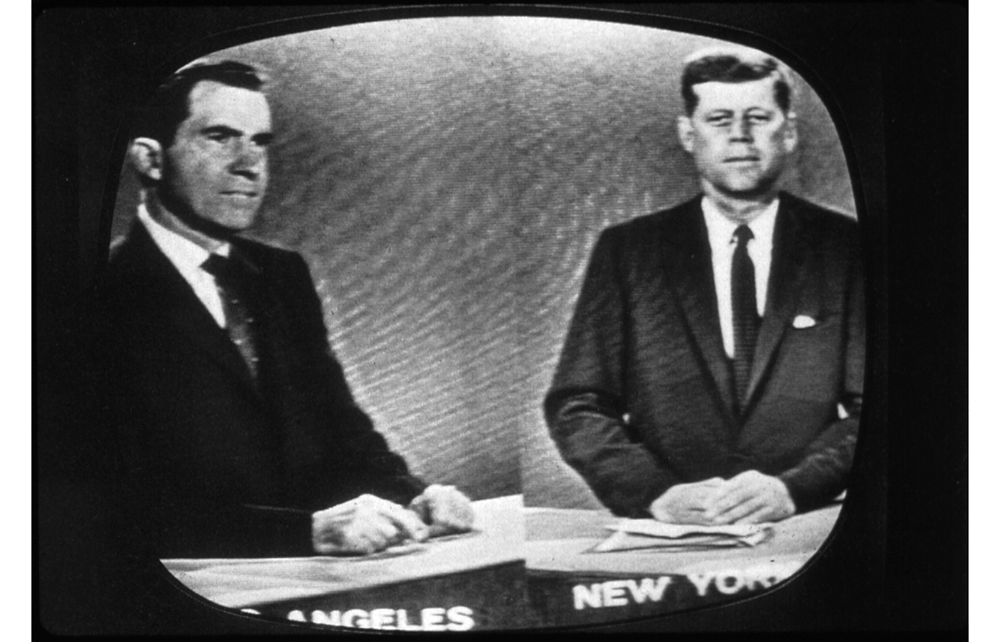TV clashes
The concept of a televised election debate is often believed to have begun with the one held between John F. Kennedy and Richard Nixon before the 1960 US presidential election – an innovation not repeated until 1976. (The first televised election debate in the UK didn’t take place until the 2010 general election.) Yet its history can really be traced back to 4 November 1956 when, days before Americans were invited to choose between President Eisenhower and Democratic candidate Adlai Stevenson II, the CBS News show Face the Nation held a half-hour debate between Eleanor Roosevelt, representing the Democrats, and Margaret Chase Smith, representing the Republicans. Remarkably, it was the first time that the show, which by then had been running for two years, had featured any female interviewees, let alone two. The smiling and behatted Roosevelt dominated the talking over the more subdued Chase Smith, but she did not prevent President Eisenhower winning a second term.
Unsafe seats
An Electoral Calculus poll predicted that the Conservative party could be reduced to just 66 seats in the House of Commons at the next general election. In which elections, post 1945, has the official opposition won the fewest seats?
Conservatives 1997 165
Conservatives 2001 166
Conservatives 2005 198
Labour 2019 202
Labour 1983 209
Labour 1987 229
Labour 2015 232
Gender agenda
The 2021 census asked us: ‘Is the gender you identify with the same as your sex registered at birth?’ 118,000, or 0.5% of the population, answered ‘no’, although many non-native English speakers are believed to have misunderstood the question – not least because one of the areas with officially the largest transgender population in Boston, Lincolnshire, home to many Eastern European migrants. Of those who answered ‘no’:
– 48,000 (0.1%) said they were born female but are now male.
– 48,000 (0.1%) said they were born male but are now female.
– 30,000 (0.06%) said they were non-binary.
– 18,000 (0.04%) wrote in some other gender identity.
Source: Office for National Statistics






Comments